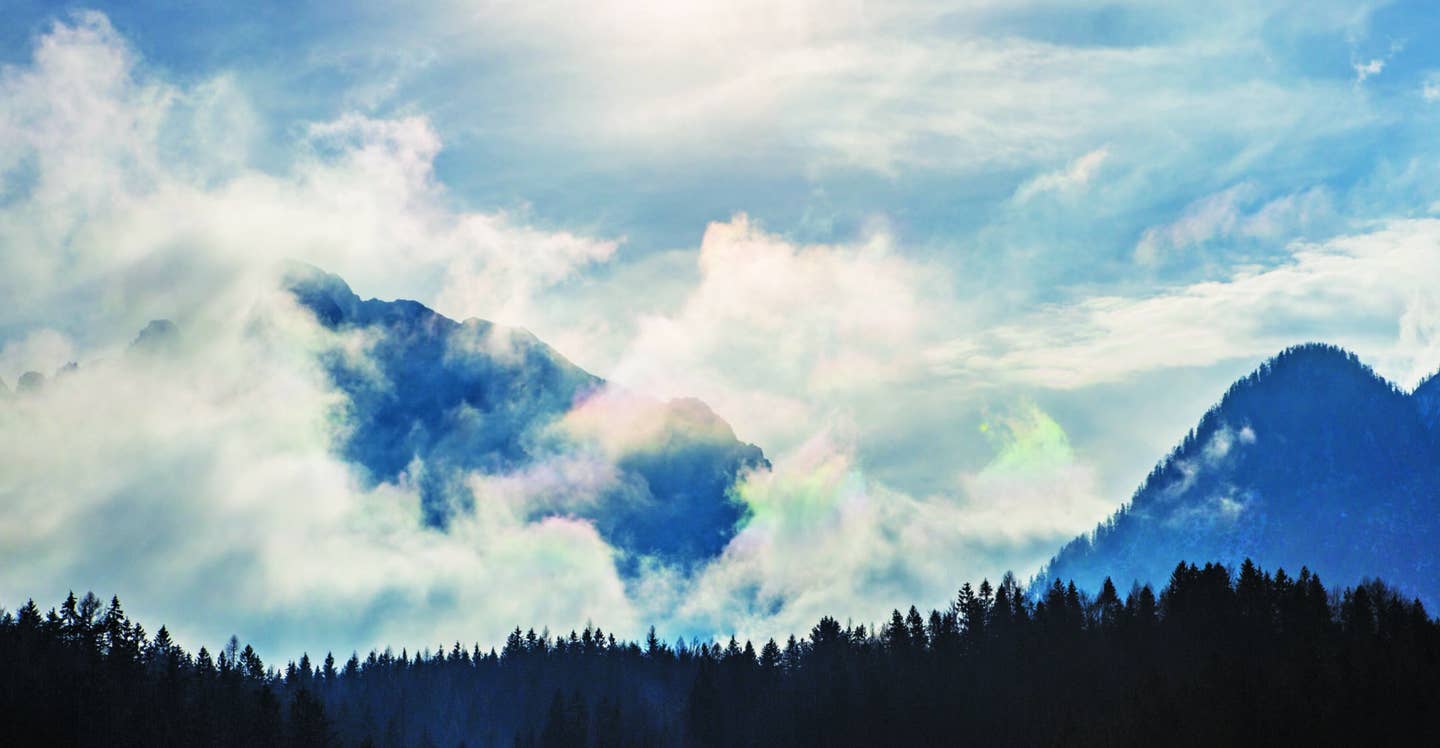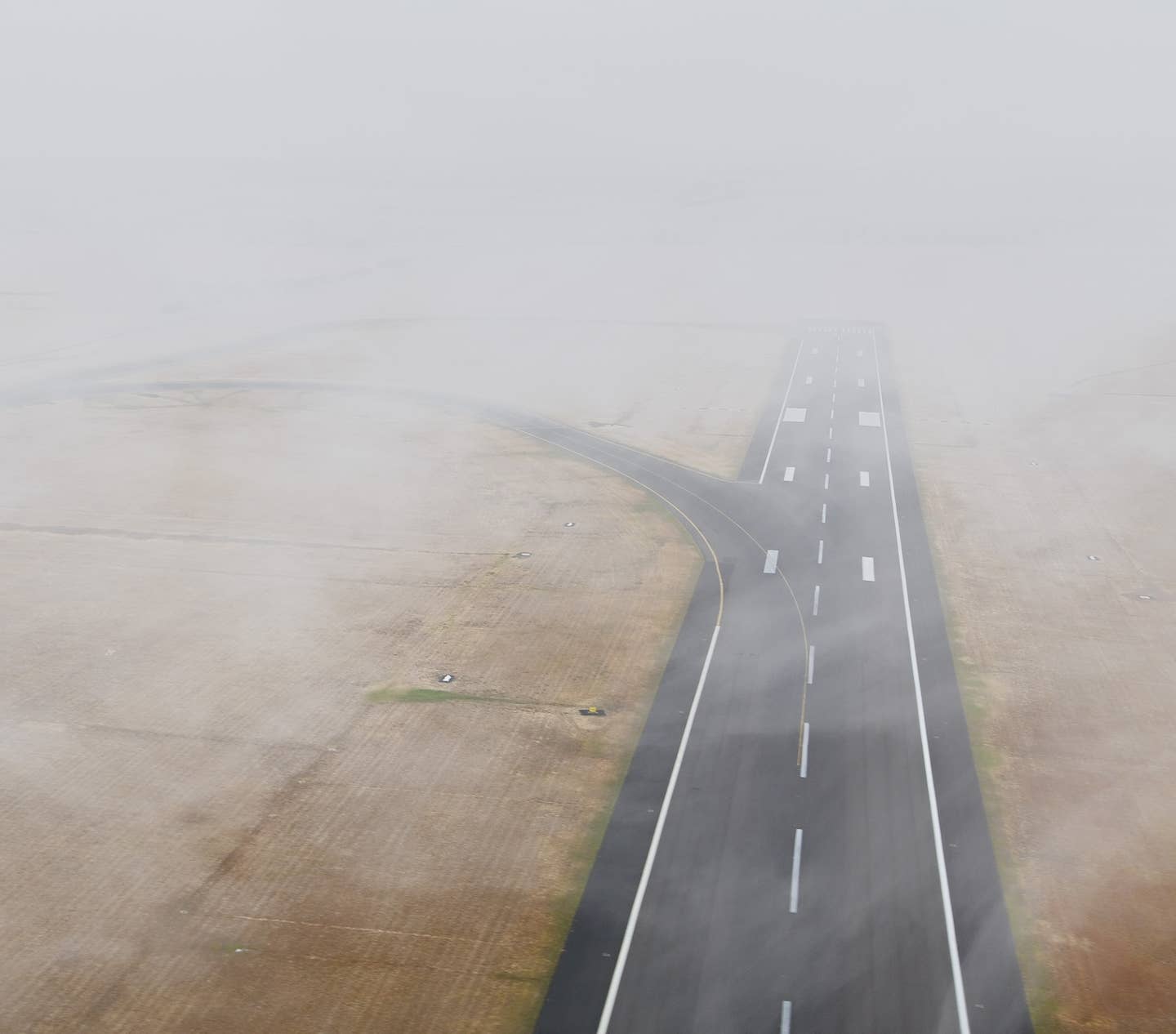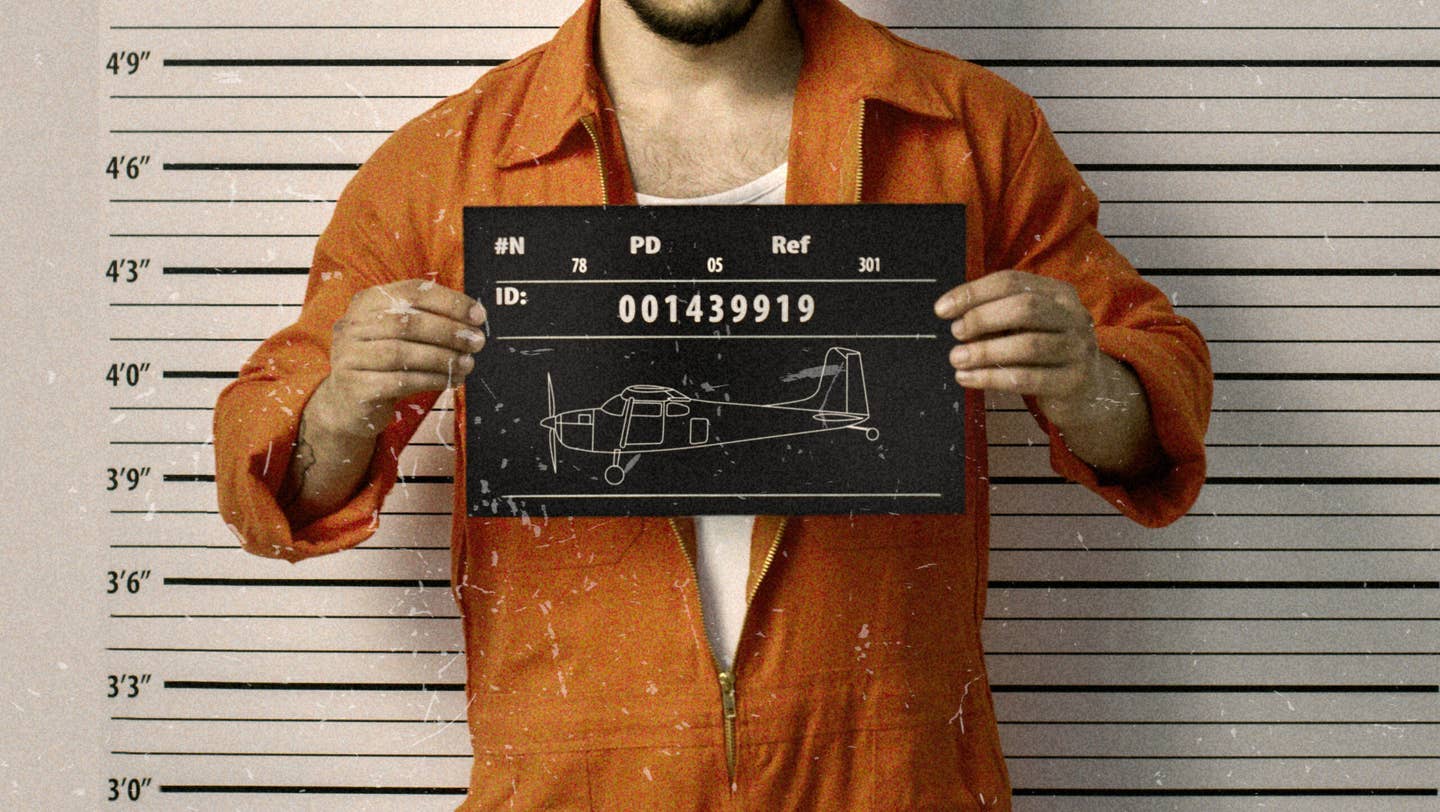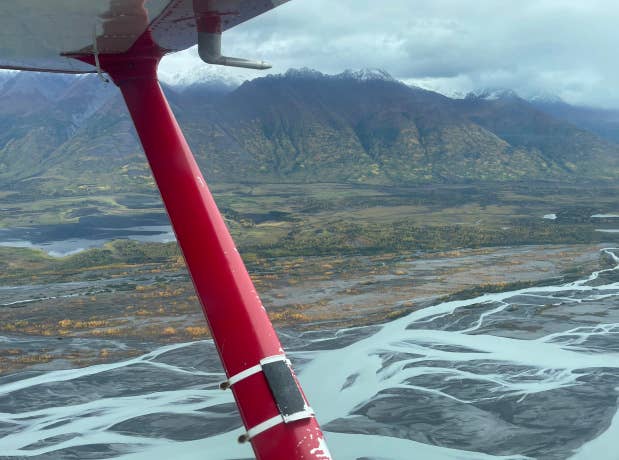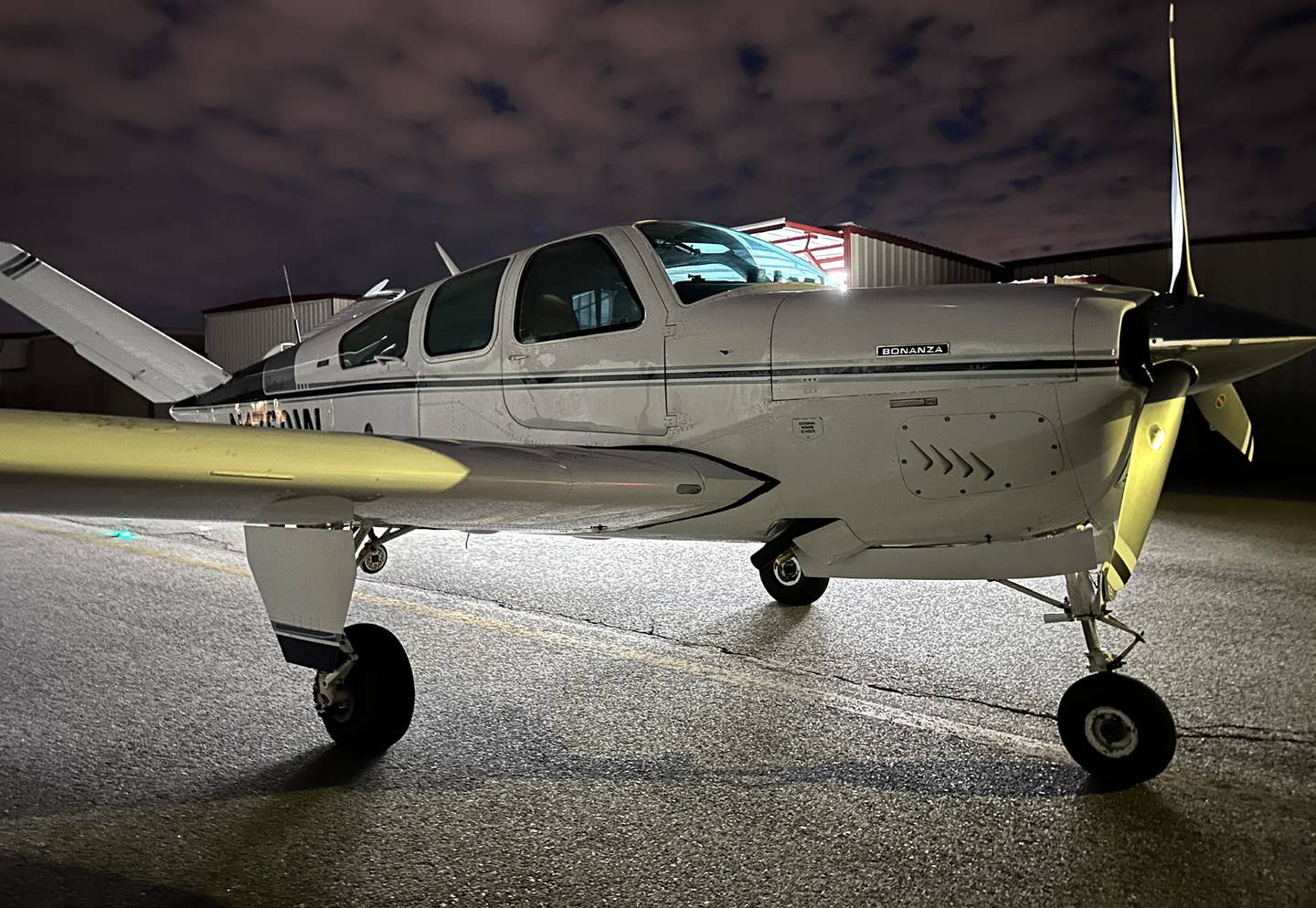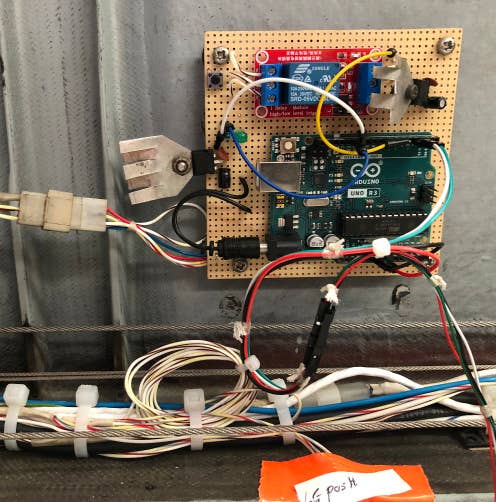Total Eclipse: What a Difference an Airplane Makes
Rare celestial event won’t be seen again in North America until 2044.
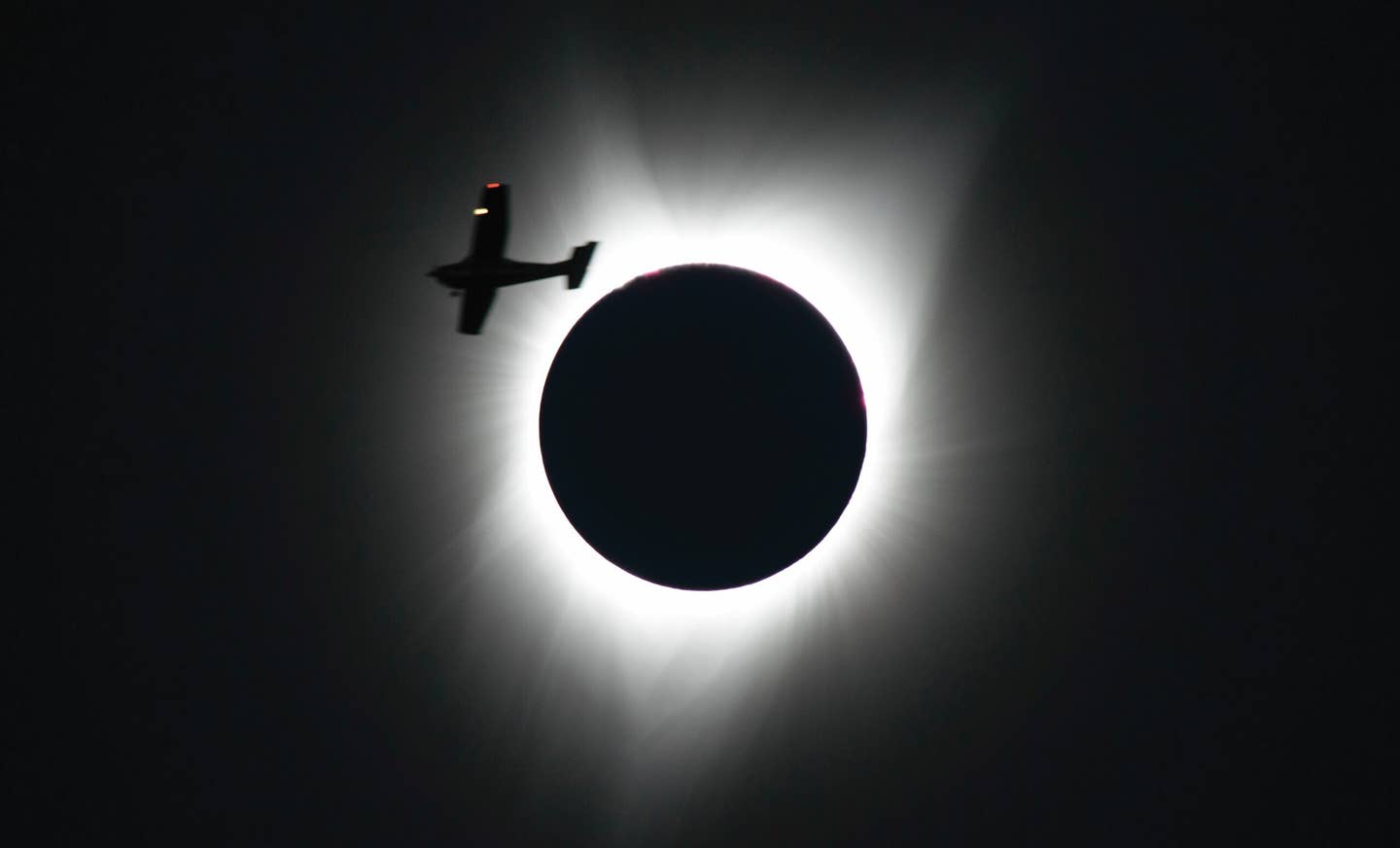
North America will not see another total eclipse until 2044, making the one that occurred on April 8 a special event for many. [iStock]
It was at 5,500 feet somewhere over Vermont when I received the text from my friends Paul and Marla. It was a photo of an overcast sky in Niagara Falls, New York. This was on the morning (April 8) of the last total eclipse North America will experience until 2044. They had declined a ride with me in my Bonanza because they booked a nonrefundable hotel room and wanted to road trip it with their dog.
A mistake as it turned out.
If you're not already a subscriber, what are you waiting for? Subscribe today to get the issue as soon as it is released in either Print or Digital formats.
Subscribe NowMy plan, though better, changed by the hour. I was meant to meet my friend Kip in Middlebury, Vermont, but he called me early that morning to tell me there was a good chance of cloud cover. I was secretly relieved.
The night prior I found a U.S. Navy site that allowed me to put in the name of any city in the path of the eclipse, and it would spit back the length of totality. The difference between places only 40 miles apart was shocking. One minute of totality for Middlebury, while just a bit farther north in Burlington yielded three and a half minutes. Interestingly, the site also allows for an altitude input in meters. When I put in 2,000 meters over Middlebury, it jumped from a minute to that 3.5-minute mark.
Geometry, baby.
I considered being in the air for the eclipse, but I knew I’d be distracted and worried about a midair. I wanted to be firmly on the ground watching the skies. But I also wanted the full three-and-a-half-minute whack. So, I kept flying north. The issue was that any airport that had an FBO was chock full—in many cases weeks in advance. I had to find an airport that was small enough to not have an FBO that was also dead center on the path of totality. Kip came through again, directing me to Jackman, Maine.
No tower. No FBO. Just a breathy line guy who normally does snow removal and other simpler tasks other than deciding where to park the deluge of airplanes coming into his domain. I got there early enough to get a primo spot that would get me out first after the event.
I brought a camping chair, food, reading materials, and the eclipse glasses I bought on Amazon. It was severe clear at Jackman as I set up camp. I did an apron walk, going from one end of the airport to the other talking to other aircraft owners along the way. We nodded solemnly about all the people who drove north from all over the country only to get shafted by cloud cover. Under the surface, though, I detected a certain glee in these pilots’ ability to simply fly a bit farther and find the right conditions. I know I felt it.
An airplane is the perfect tool for chasing an eclipse.
The event itself surprised me in a few ways. I thought I’d be able to see the moon as it approached the sun, but it was nowhere to be seen. Not until it started to encroach on that blazing disc. And then we all waited. The biggest surprise was how bright the world remained all the way up to 90 percent cover. I could not detect any discernible drop in light level. Even the last 10 percent was a slow move toward totality. It’s the last 15-20 seconds that astound. The difference between a 96 percent eclipse and totality is like the difference between a really nice sunset and the galaxy splitting in two.
When totality began, I could hear the entire town of Jackman, almost a mile away, cheer loudly. A second later, it hit us (the shadow travels at 1,600 mph) and a similar cheer went up at the airport. Off came the glasses, and I stared right at the moon as it covered the sun. It’s immediately clear why people for millennia thought this was God’s work. It was the first time in my life I felt like I was on a different planet.
I looked around and that beautiful orange sky you see in the west after a sunset was occupying every horizon—360 degrees around. It felt like the sun was setting everywhere all at once. The dog next to me started whimpering. I just about teared up. I wasn’t expecting an emotional reaction, but there it was—that feeling of being so small, so entirely insignificant.
Three and a half minutes, as it turns out, is too short. I found myself wishing it would have lasted longer. There is this brilliant phenomenon called the diamond ring that appears a few seconds before and then after totality. It is a last burst of light on one side of the moon as the glow of the corona emerges from the background and silhouettes the opposite edge. It looks just like a diamond engagement ring, but it only lasts for a few seconds on either side of the eclipse. I can still summon it in my memory at will.
It left a mark on my memory—not my retina.
I thought about all the people that either missed it because they could not move their cars quick enough once they understood the weather would hamper the view, or the many people that would spend hours and hours in their cars driving home. There was something about knowing I was going to fly home that felt like a continuation of the experience. This is why I love aviation so much. The act of getting into that Bonanza and starting the motor still feels like magic to me. A specific, childlike variety of the stuff. Same feeling I got watching the eclipse—wonder.
Once daytime was returned to us by the celestial gods, I climbed in my Bo and started the motor. Buckled up and watched as the three planes in front of me all took to the runway together, back-taxiing to the departure end. I moved up to the hold-short line and watched them soar overhead as I prepared for my turn.
I was airborne in no time and checked in with ATC who agreed to flight following. When it came time to pass me off to Boston Center, I was met with this transmission:
ATC: November 1750 Whiskey, squawk VFR, frequency change approved.
Me: Can I have the next frequency, please? Five-Zero Whiskey.
ATC: Five-Zero Whiskey, Boston Center is not accepting any requests for advisories.
Me: OK. Can you just give me the frequency so I can monitor what’s happening in the sector? Five-Zero Whiskey.
ATC: Yes, but just don’t ask them for flight following.
Me: OK, Mom. I promise. (I didn’t actually say that. Wanted to, though.)
Me: Wilco. Five-Zero Whiskey.
Nothing like being spoken to like an 8-year-old to confirm the childlike state of wonder I found myself in that day.
This column first appeared in the July/August Issue 949 of the FLYING print edition.

Sign-up for newsletters & special offers!
Get the latest FLYING stories & special offers delivered directly to your inbox


